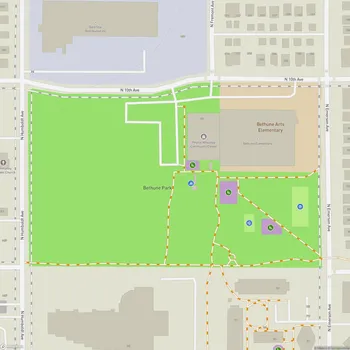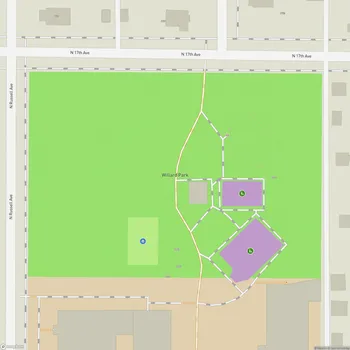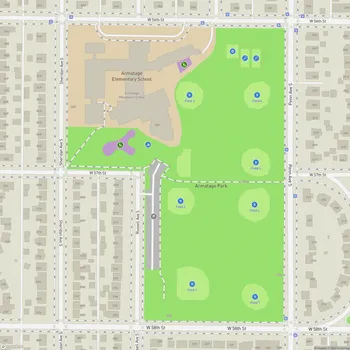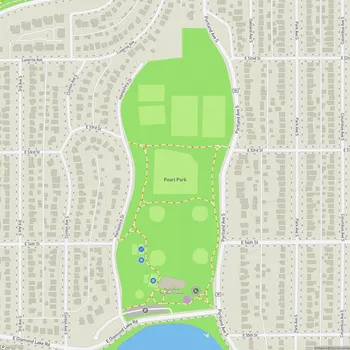Gateway Park
Interactive Park Map
About Gateway Park
A Window to Minneapolis' Past
Gateway Park carries a story that's woven deeply into Minneapolis' urban fabric. Dating back to 1908 and officially opening its gates in 1915, this park wasn't just another green space - it was literally designed to be the "gateway" welcoming travelers stepping off trains into the city. Positioned at the bustling intersection of Hennepin Avenue, Nicollet Avenue, and Washington Avenue, it stood as the centerpiece of the historic Gateway District downtown.
In its heyday, the park boasted quite the impressive setup: a neoclassical pavilion that exuded old-world charm, a decorative fountain that caught the eye, and a flagpole donated by the community-minded Daughters of the American Revolution.
From Social Hub to Challenging Times
Gateway Park initially served as more than a pretty face in a neighborhood known for its saloons and transient population - it was a genuine attempt at urban renewal. The park housed public toilets, a tourist bureau for newcomers, and a library deposit station.
Like many public spaces, Gateway Park faced its share of struggles during the Great Depression. The combination of overcrowding and the rising costs of keeping things looking nice took their toll. By mid-century, the park's initial sparkle had dimmed considerably as the surrounding area declined.
Today's Urban Oasis
The 1960s brought fresh urban development initiatives that gave the park a new lease on life. While more modest than its original incarnation, today's Gateway Park still offers a welcome patch of green in downtown Minneapolis. The historic flagpole and fountain remain, standing as quiet witnesses to the park's journey through time.
The fountain deserves special mention - particularly after sunset when it's illuminated, creating a peaceful light show against the urban backdrop. It's a little moment of magic that draws visitors in amid the city's constant motion.
A Breath of Fresh Air
Despite its compact size, Gateway Park offers a nice escape from the concrete and glass surrounding it. It's a place where you can take a quick stroll or simply sit and reconnect with nature without leaving downtown.
The park transforms with Minnesota's distinct seasons, offering different experiences all year long. Whether you're seeing the first spring blooms or enjoying the crisp fall air, this modest green space offers a quiet moment in the heart of Minneapolis.
All Features & Facilities
Nature & Wildlife
Visitor Services
Photo Gallery
ParkMagnet Score
Decent Park
Park Size
Opening Hours
Weather
Top Restaurants Near Gateway Park
112 Eatery
955 feet112 N 3rd St, Minneapolis, MN 55401
Upscale New American restaurant serving elevated comfort food with eclectic menu and intimate atmosphere.
Demi
0.2 miles212 N 2nd St Suite 100, Minneapolis, MN 55401
Sophisticated contemporary restaurant offering an elevated multi-course tasting menu experience in an intimate setting.
Tropico
0.3 milesKickernick Building, 430 N 1st Ave #101, Minneapolis, MN 55401
Authentic Colombian restaurant serving flavorful arepas and traditional street food in a vibrant, welcoming atmosphere.




